Unions, with their strong sense of inclusion and programs, are drawing in more and more women to the construction trades.
“We are super excited to see the women on the crew and they are very successful,” said Raven Hillenbrand, chair of the women’s committee for UA Local 170 of the pipefitting, plumbing and welding industry where women number 12 per cent.
Jeremy Kwok, business representative and president of Boilermakers Lodge 359, said: “Lodge 359 currently has 83 active female members which accounts for 10 per cent of its 825 active members. With 23 out of 83 active female members being apprentices, it’s clear that women are increasingly choosing to pursue careers in the boilermaker field. Those 23 female apprentices make up 25 per cent of our active apprentices (23 of 92).”
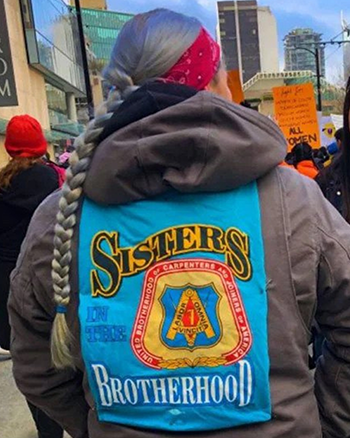
The Canadian United Brotherhood of Carpenters (UBC) Apprenticeship Services program estimates 25 per cent of participants are women.
So why are women turning to unions?
The simple answer is that unions have created a welcoming environment with programs and supports in place to remove barriers, state stakeholders.
“Unions are a good place for women — absolutely,” said Rachelle Premack, who serves as the UBC Canada-based liaison for Sisters in the Brotherhood (SIB).
The supports include enhanced training opportunities, mentorships, ensuring pay parity, representation in disputes, pension and other benefits. But, there is also the sense of belonging in a non-traditional workplace.
“It’s about creating a sense of inclusion and a place of belonging for women,” said Premack, a Red Seal carpenter who has worked on commercial and industrial sites throughout Canada for almost a decade.
She said unionized women now hold positions in Canada ranging from shop stewards to local presidents, instructors and are present at all apprenticeship and journeyperson skill levels.
The challenge facing trades, such as the Premack’s, is ensuring women remain. The carpentry trade has the highest attrition rate, with 70.8 per cent leaving workplaces within their first two years of apprenticeship, state 2022 figures from Statistics Canada.
SIB launched a new program called the Sisters in the Brotherhood Capacity Building Project (SIBCAP) in mid-2024 to address challenges. SIBCAP seeks to grow SIB’s recruitment and works to retain women through community activities and advocating for workplace women who face barriers such as harassment or discrimination. The program also creates 12 new SIB committees across Canada to grow the network and increase tradeswomen’s voices.
SIBCAP is federally funded with a $563,319 grant through Women and Gender Equality Canada’s Women’s Program along with a contribution from the Carpenters’ Regional Council for a $692,786 budget over the 20-month project life.
The new program builds on the success of the Sisters in the Brotherhood Workforce Enhancement Readiness Program, which ran until 2023 and prepared women to enter and succeed in the skilled trades. The SIB organization also has a networking component with in-person or virtual conferences held regionally, across Canada and in the U.S.
“There are fabulous opportunities for career progression,” Premack said.
Kwok agrees.
“We are seeing more of our female members being promoted to supervisory roles such as general foreperson or foreperson,” he said.
The Boilermakers are also involved with programs. The lodge collaborates with BCIT, the BC Building Trades and BC Centre for Women in the Trades. It is part of BCIT’s Women in Trades program while BC Building Trades has the Build TogetHER program.
“The BC Centre for Women in the Trades also partners with the Construction Labour Relations Association (CLRA) which we have a close working relationship with,” he said.
Hillenbrand, who is a Red Seal plumber, Red Seal steamfitter and B gasfitter, has been a union member for 15 year and now teaches at the UA Piping Industry College of B.C.
Unions, she said, can provide women with all-around support beginning at the entry level and going through training.
“The workplace can be lonely,” she said and women’s committees play a role in networking women together, such as meeting socially so when a woman arrives at a site, she may have already met other women there.
The women’s committee is also a place to go for advice, for training or workplace problems such as encountering harassment.
“I have had phone calls from women not knowing what to do,” she said. “The first thing I tell them is that it is not your fault and I’m glad they reached out and talked.”
The solution may be as simple as talking to a foreman.
“If that doesn’t work we take it to another level,” she said, acknowledging sometimes the union has to step in and deal with one of its members.
She said her union is about building a respectful environment where every person is someone’s family and “brothers look after sisters.”


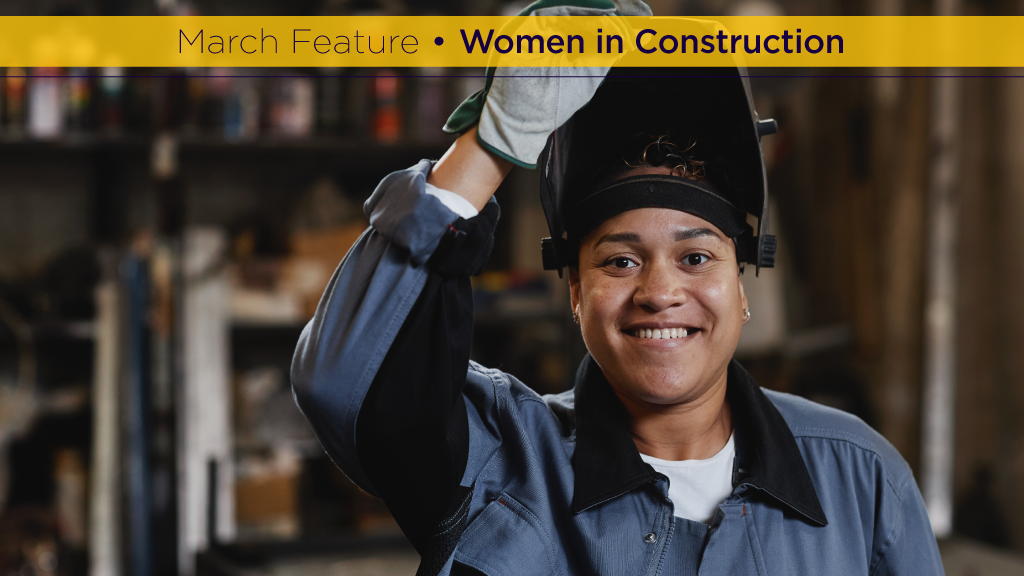

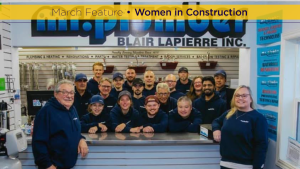

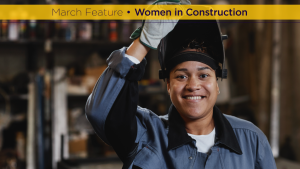


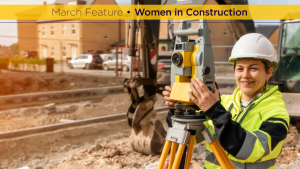
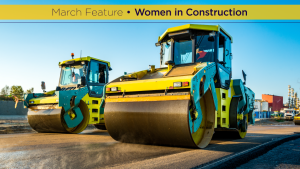
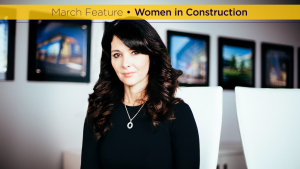
Recent Comments